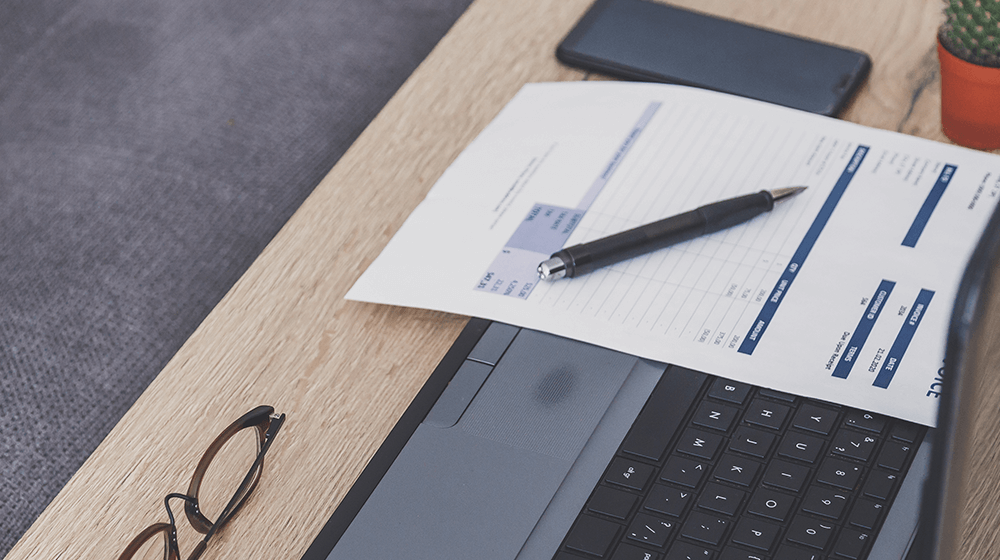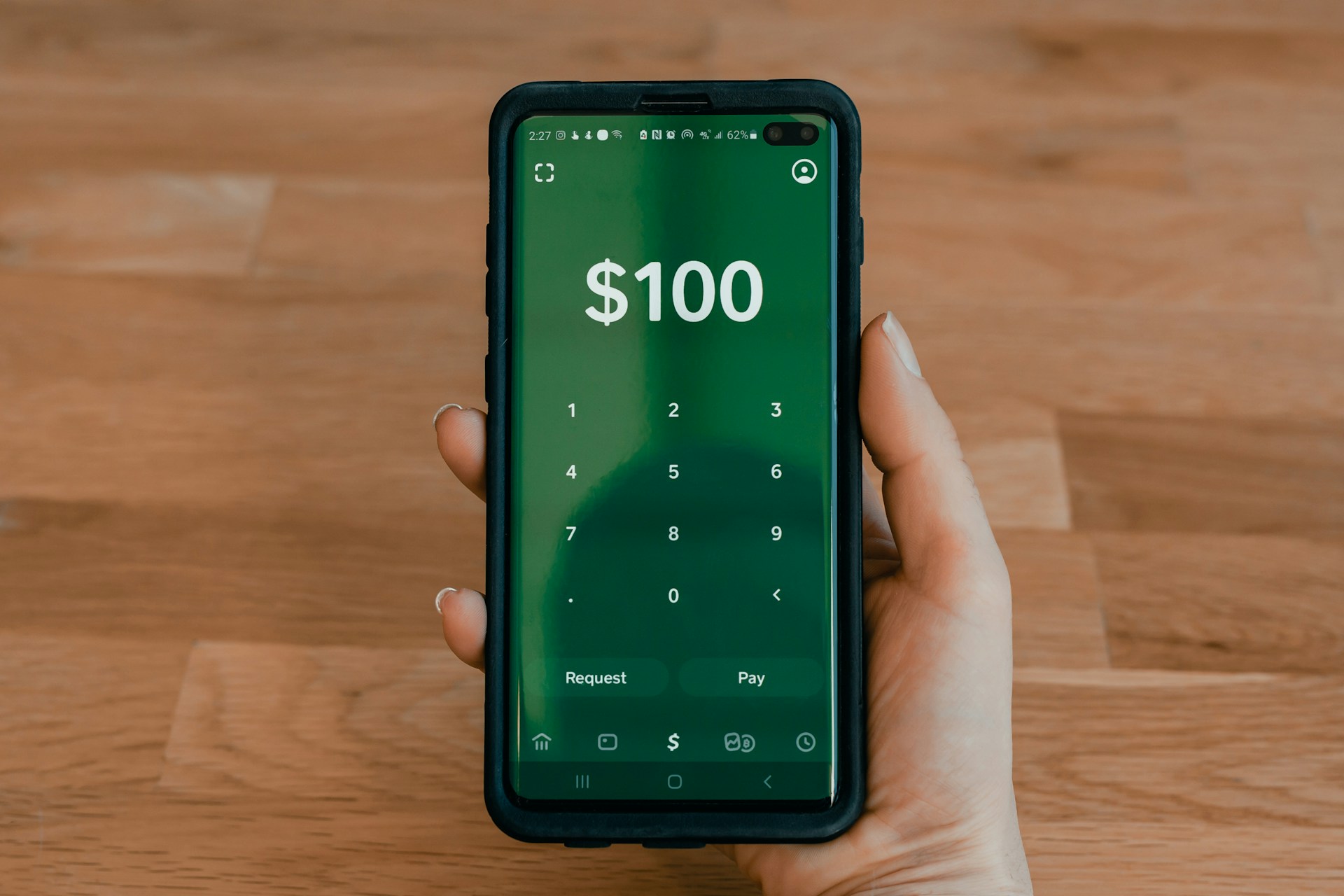This beginner’s guide for invoicing for small business owners will aid you in knowing what an invoice looks like, everything that is included in it, and the right time to send it which can have a significant impact on the way clients see you and your job.
In this beginners guide, a breakdown of the steps necessary to invoice like a professional is laid out in simple terms.
When you must have finished setting up your brand and have begun to sell your products or services, you’ll have to ensure that you get paid.
As a brand that offers products or services, you must use an invoice as it is the proof between you and a client.
Invoices help in outlining the services or items sold and a mutual amount or price paid. Invoices are bills and you must ensure you keep them orderly and well so that it won’t be stressful to go back and search for them.
An invoice is very important for you as a small business owner and you will even need it whenever you want to file a VAT return.
Sending invoices for a job done is among the most essential aspects of a business both for contractors, freelancers, and entrepreneurs.
To run away from nasty situations and late payments and also have a very strong relationship with your client, you should read this beginner’s guide to learn how to create and send invoices that impress.
Invoicing for Small Business Owners: How To Write A Professional Invoice
As someone that is still starting or someone that hasn’t created an invoice before, you may find it hard to know the things to include or even the way for formatting it.
For the basics, an invoice must include the products or services you’re rendering, the amount or price agreed upon between you and your client, and the details about your brand and that of your client.
Invoices must contain an invoice number that is unique and follows a sequence. Then, your brand’s name, contacts and address, the business name and location of the client that you are sending an invoice, complete and proper descriptions of the items or services you are sending an invoice for, the supply date which is the date you offered the products or services, the invoice date, the total sum you’re charging, and VAT if it applies.
You don’t have to bother writing your invoice by hand because thousands of invoicing tools are available to make it easier and faster for you to create an invoice.
You must always ensure that you include a unique invoice number because it will help you manage and organize your invoices and help prevent any form of confusion.
How Do I Send An Invoice As A Beginner?
The most popular means to send an invoice is through email. With email, you can be able to send your invoices very fast and efficiently after delivering a product or service.
Also, through email, you’ll be given the chance to chase a client easily when you don’t get any feedback from your client or receive your payment on time.
You have the opportunity to set up your terms of payment beforehand which will enable a customer to pay up as soon as he receives the invoice.
You can send the invoice via your private or business email, and you have to add a short note to reference the invoice in the email’s body.
Then, the invoice itself should be attached in PDF format. Some businesses can be printing out copies of the invoice or download PDFs for safekeeping and proper documentation.
Therefore, you must not paste the invoice in the mail. When you are making use of accounting software, you can send your invoice through the platform directly to a customer’s email address.
Most times, these tools will auto-generate an email for you which can be edited, then they’ll share your invoice as an attached file.
How Will I Receive Payment As A Small Business Owner?
The reason for sending invoices is to make sure that you’re paid by your clients. So, you must add your payment information such as your bank details.
As a small business owner, you can receive payment through various methods such as direct bank transfer, PayPal, Payoneer, cryptocurrency, Western Union, etc.
Invoicing tools online even enable clients to pay through credit and debit cards to make your payment process convenient and also ensure your invoice looks professional.
When the process and means for you to get paid by your clients is easy, they’ll be more likely to send your payment on time.
Getting payments for goods and services rendered can be difficult, especially for a small business owner or freelancer.
Therefore, you must ensure that your invoice is understandable and accurate. Add your payment information like your account number, Swift code, and account name carefully.
If the customer can easily see and comprehend the list and description of all you have provided, the total amount, and your chosen means of payment, you won’t encounter any problem, confusion on the client’s part or delay in receiving your payment.
How Does One Chase An Invoice As A Beginner?
Chasing an invoice is not easy since you won’t want to disturb a customer but still, you want to make sure you receive your payment.
It is recommended that you must’ve got a process set up to ensure you’re similarly chasing every customer if they don’t send payments at the stipulated time.
You should get their contacts in the account before sending an invoice, then proceed to send your invoice.
Contact them one to two days after you’ve sent the invoice to affirm that they have gotten it. Then, follow up 10 days prior to the payment’s date to ensure it is on track.
Get in contact after 1-2 days when the invoice is due to find out if there is any problem and know if you can assist in resolving it in any way.
Then follow up every few days to remind them that the invoice is due, so that you can get paid. Let ProInvoice take care of the invoicing stress for you, visit the ProInvoice website here to get started.













